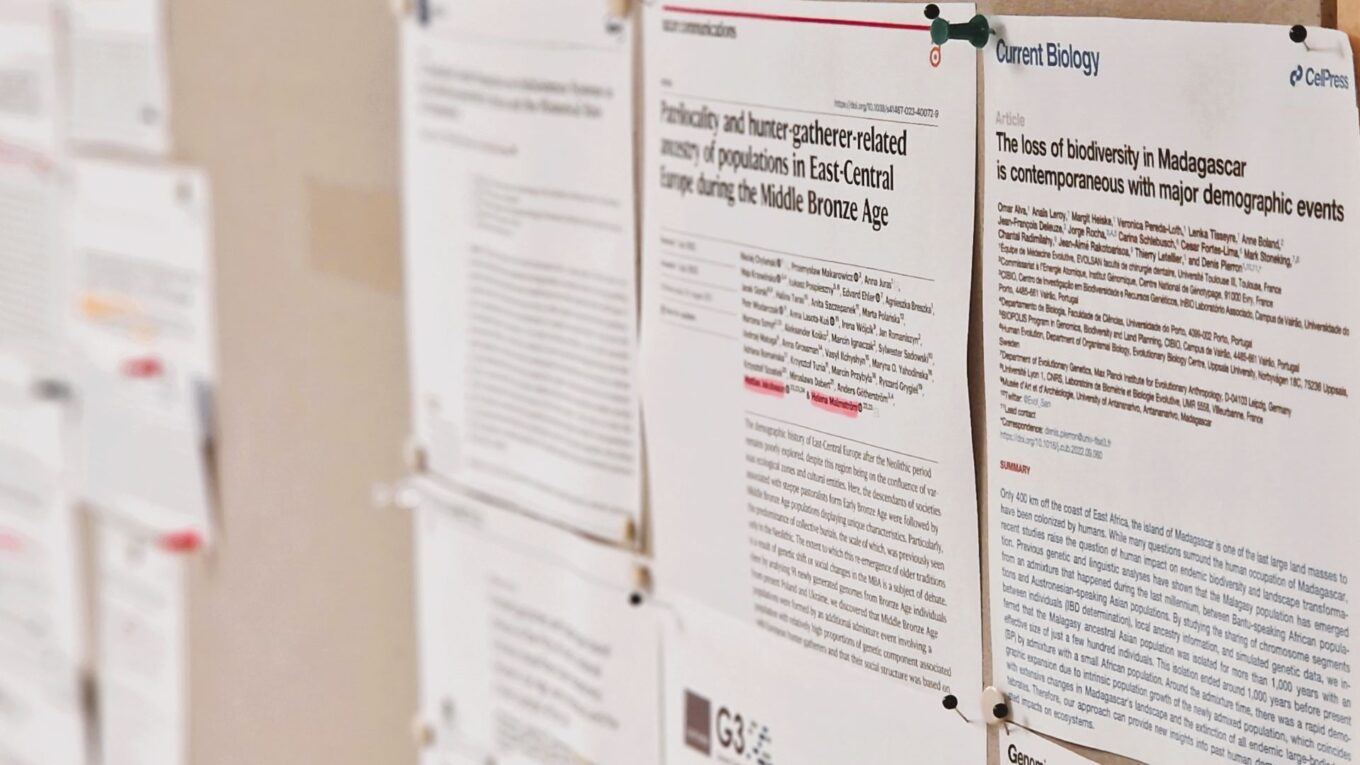
The latest articles
- by Helmut SchaschlThe Maniq, a small and isolated nomadic hunter-gatherer population from the rainforests of Southern Thailand, offer a unique context for investigating […]
- by Alan Godinez PlascenciaComputational HLA typing has surged as a cost-effective strategy to uncover questions regarding the evolution of the HLA system, enabling immunogenic […]
- by Miguel de NavascuesThe analysis of the abundance of radiocarbon samples through time has become a popular method to address questions of demography in […]
- by Frederik Valeur SeersholmIn the period between 5,300 and 4,900 calibrated years before present (cal. bp), populations across large parts of Europe underwent a period […]
- by Gwenna BretonSub-equatorial Africa is today inhabited predominantly by Bantu-speaking groups of Western African descent who brought agriculture to the Luangwa valley in […]
- by Isabel AlvesThe demographical history of France remains largely understudied despite its central role toward understanding modern population structure across Western Europe. Here, […]
- by Hugo ZebergModern human ancestors diverged from the ancestors of Neandertals and Denisovans about 600,000 years ago. Until about 40,000 years ago, these […]
- by Nora BergfeldtWith the Neolithic transition, human lifestyle shifted from hunting and gathering to farming. This change altered subsistence patterns, cultural expression, and […]
More publications
Prepress articles
To find the latest preprints from the Jakobsson Lab, go to the bioRxiv – the preprint server for biology, choose Advanced search and look up author: Mattias Jakobsson (Uppsala University).

